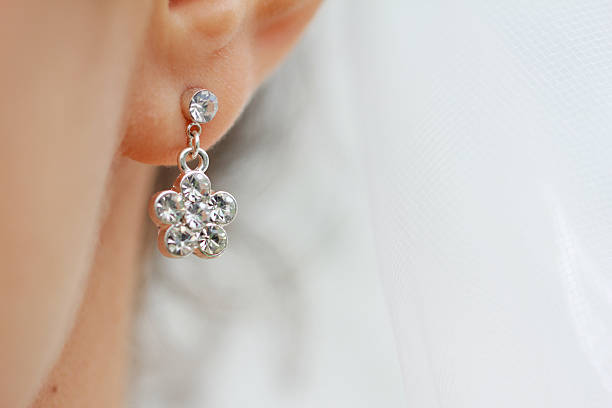What To Know About Zircon Stones All Entries

Even though "zircon" sounds like a scientific name, it comes from nature rather than a lab. Zircon stones trace back to ancient times as tools to fight evil sprits. Now they're celebrated as December birthstones. While these popular stones come in many colors, certain hues are more valuable than others. Here are other characteristics of zircons and why they're in demand.
Zircon Value Factors
Green is a very rare natural color for zircon, while blue usually indicates heat treatment. Other than those two facts that stand out, zircon stones cover a broad color range from brown to red, green and yellow, to gray. Some of the stones exhibit fluorescent X-ray colors. In this realm, orange reflects organic material while blue reflects inorganic material, and green is a mixture.
Even though blue indicates the zircon has been treated, it's the most popular and valuable color in the zircon market. About 80 percent of zircons sold are blue, according to the Gemological Institute of America (GIA). Meanwhile, red and green stones are favored by collectors. The rest of zircons span an impressive variety, including colorless stones. Its appearance compares with high-quality topaz, which usually is more affordable.
Many zircon enthusiasts like blue mixtures with other colors such as green. The other factors for evaluating these gemstones tend to fall in line with the "4Cs," which are color, clarity, cut and carat weight. But supply is limited, so appraisers focus more on color than other factors. While zircons are often naturally free of inclusions, treated versions display a cloudy appearance. Any visible inclusions from the naked eye can reduce the value.
Due to most zircon stones having a brittle quality, they are difficult to cut. The classic "zircon cut" is somewhat rare, featuring eight facets surrounding the gem's lower region, known as the pavilion. This style is expensive due to the extra labor involved. Otherwise, many zircons end up being mixed cuts that emphasize the stone's fire and luster.
Avoiding Confusion With Other Stones
Despite the fact that zircon has unique properties, it can be easily confused with a much cheaper synthetic diamond simulant known as Cubic Zirconia (CZ). Some people even mistakenly call this stone zircon even though it's composed of different materials. While natural zircon is made of zirconium silicate, the synthetic CZ is developed from zirconium oxide.
Although both look like diamonds, zircon can be distinguished by its brilliant shine. But it still often takes a GIA-certified gemologist to confirm the difference, which is important, since authentic zircons usually command much more value. Scientists created the synthetic version in the 1930s and refined it over the next forty years. Another difference is that zircon has less hardness, rated 7.5 on the Mohs scale, while CZ has an 8.5 hardness. Both versions are popular with diamond lovers.
Conclusion
Some people think the next best thing to a diamond is a zircon stone because of its brilliant shine, fire, and color variety. For more information on zircon stones, contact Ralph Mueller & Associates. Located in Scottdale, we've been serving Arizona and the Greater Phoenix area for over 30 years.